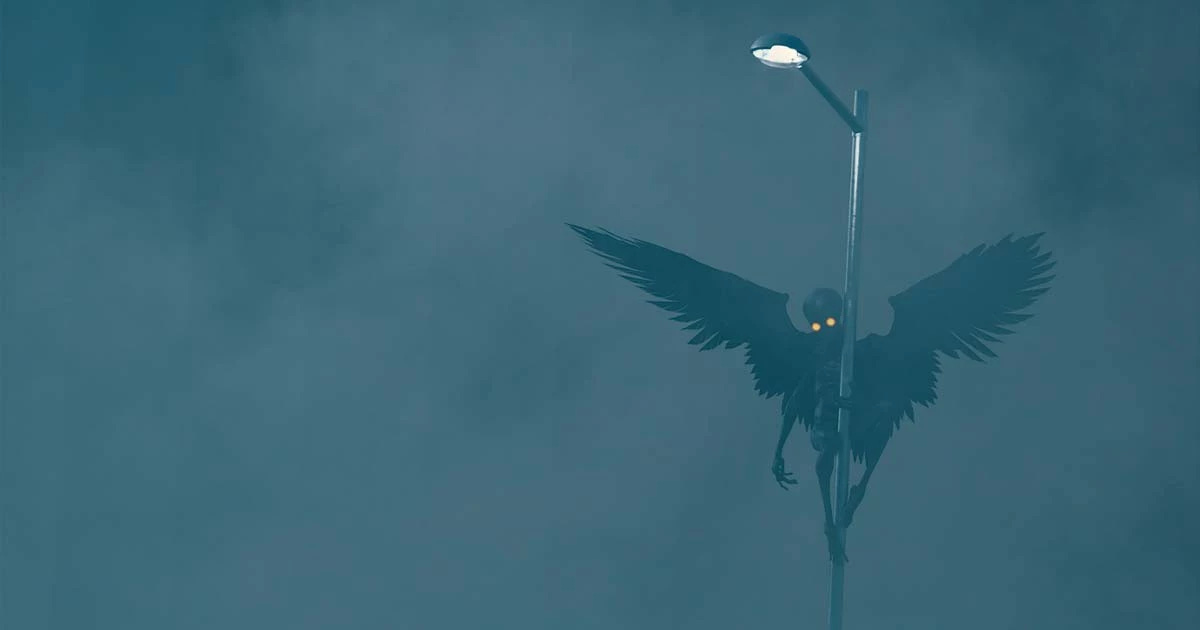In the days leading up to the Chernobyl disaster in April 1986, some workers at the power plant claimed to have seen a strange creature - a huge black bird-like figure with glowing red eyes.
A dark shape, watching from the sky.
A presence felt but never fully seen.
And then, on April 26, Reactor 4 exploded.
One of the worst nuclear disasters in history.
Afterward, the sightings stopped.
The legend of the Black Bird of Chernobyl was born.
Some believe it was an omen - a warning of impending disaster, like the Mothman sightings before the Silver Bridge collapse in 1967.
A harbinger of doom, seen only by those about to die.
Others say it was a mass hallucination, a mix of stress, radiation poisoning, and the mind playing tricks in the face of something beyond comprehension.
And some believe it was just a myth, a story woven after the fact, a ghost born from the ashes of catastrophe.
There’s a theory that the Black Bird was actually a misidentified black stork, a rare bird native to the area.
Large. Dark-feathered.
Eerie when glimpsed in low light.
Or it could have been radiation-induced hysteria - people on edge, seeing patterns where none existed.
But that doesn’t explain everything.
Why did so many claim to see it before the explosion?
Why the red eyes, the sense of dread?
Real or not, the Black Bird remains part of Chernobyl’s legacy.
A symbol of unheeded warnings.
Of disasters foretold, yet unstoppable.
Of something lurking in the shadows, watching as the world is about to change forever.



